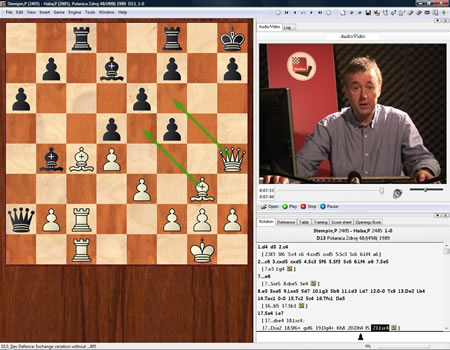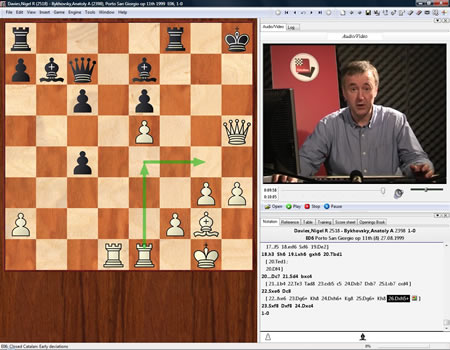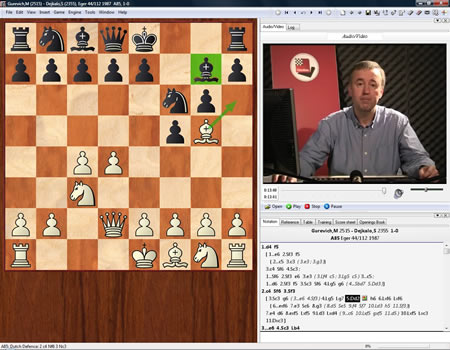Ihre Einstellungen zu Cookies für diese Website
Wir verwenden Cookies und vergleichbare Technologien, um bestimmte Funktionen zur Verfügung zu stellen, die Nutzererfahrungen zu verbessern und interessengerechte Inhalte auszuspielen. Abhängig von ihrem Verwendungszweck können dabei neben technisch erforderlichen Cookies auch Analyse-Cookies sowie Marketing-Cookies eingesetzt werden. Analyse-Cookies und Marketing-Cookies werden eingesetzt, solange Sie nicht durch eine entsprechende Einstellung widersprechen. Bitte beachten Sie, dass Ihre Auswahl dazu führen kann, dass die Funktionalität des Angebots beeinträchtigt wird. Weitere Informationen finden Sie in unserer Datenschutzerklärung.
- Start Start
- ProdukteProdukte A-Z
- Produkte A-Z
- Datenbanken
- Schachprogramme
- Training
- ChessBase Magazin
- ChessBase Accounts
- ChessBase Books
- Schach lernen
- Grundlagen
- Gutschein
- Sonstige
- Lesezeichen
- EröffnungenEröffnungen A-Z Eröffnungen A-Z
- Autoren Autoren
- Einkaufsberater Einkaufsberater
- Support Support
- Meine DownloadsDownloads
Passwort vergessen?
Geben Sie hier die Email-Adresse Ihres ChessBase Kontos ein. Sie bekommen dann umgehend eine E-Mail von uns mit einem Link zur Passwortrücksetzung.
Konto erstellen
Neu hier? Einfach Ihre E-Mail-Adresse und ein persönliches Passwort als Anmeldedaten für Ihr ChessBase - Konto festlegen. Sie können sofort alle Vorteile nutzen - vom Backup-Service bis zum kostenlosen Schachbrief!




